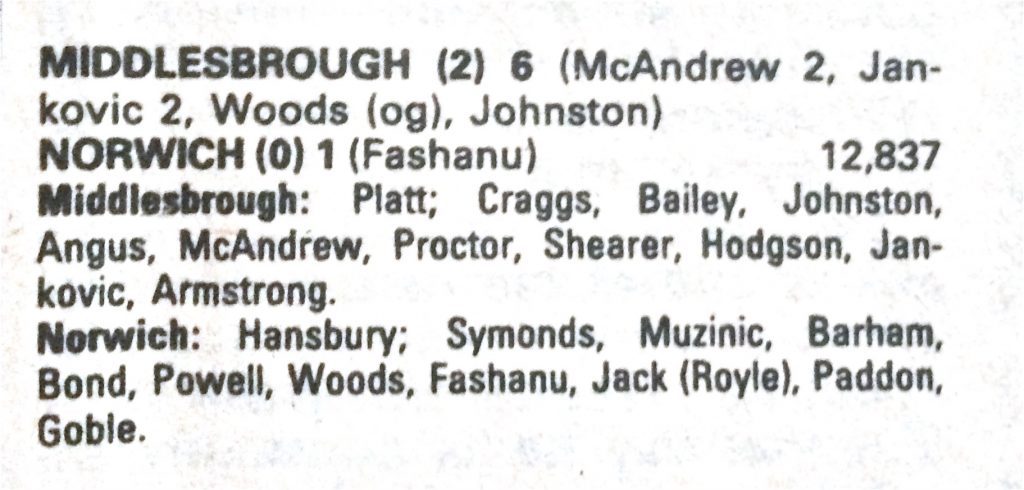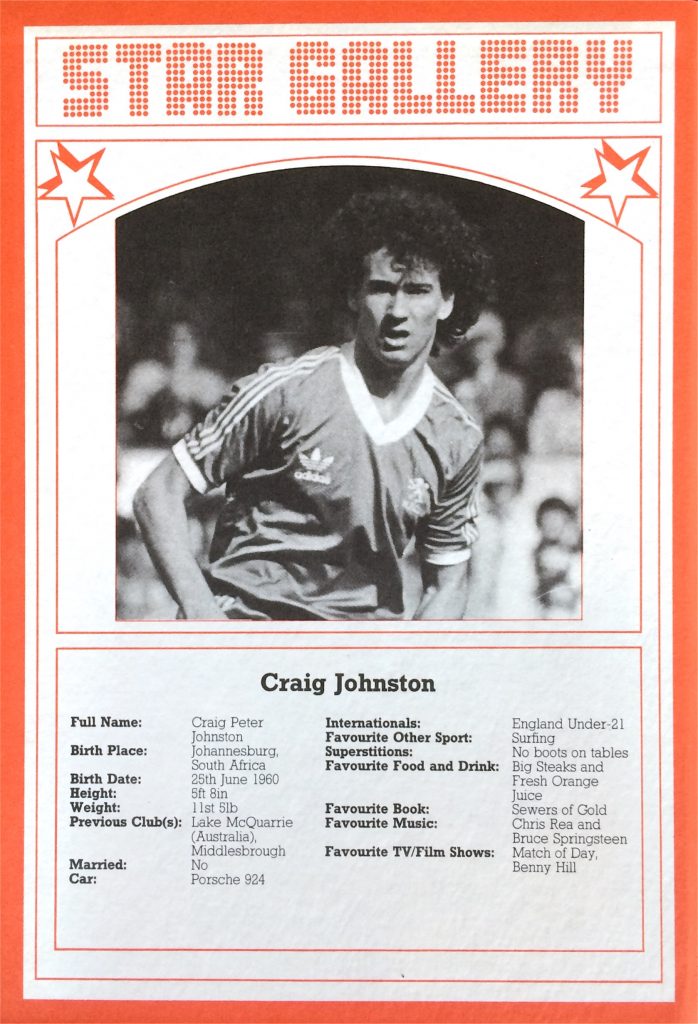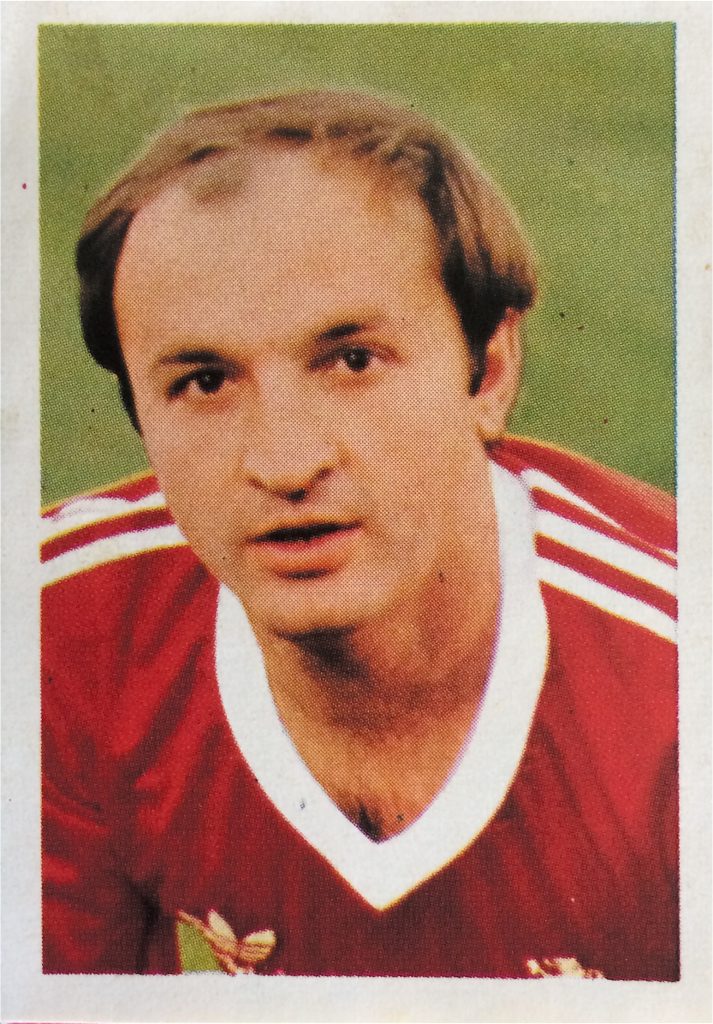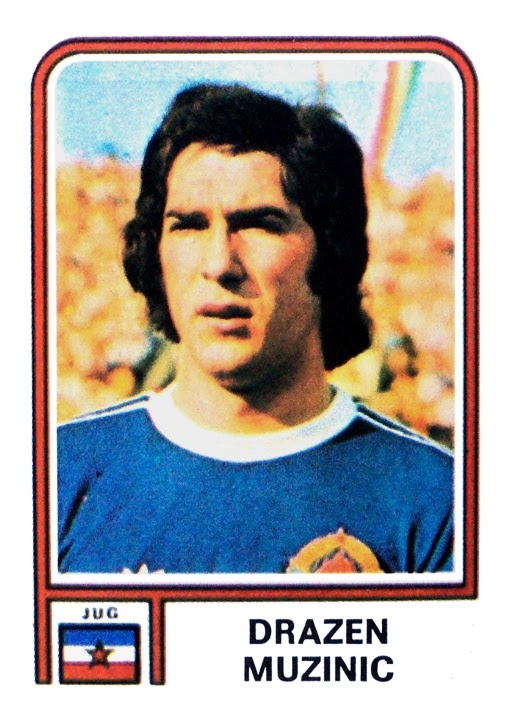Middlesbrough v Norwich City, 1980
Middlesbrough and Norwich City met in the First Division at Ayresome Park in October 1980 as two solid mid-table sides. The home side had consolidated their top-flight status under John Neal, in charge from 1977 until leaving for Chelsea in 1981. The visitors had been managed by John Bond since 1973 but he was to leave just a week after this game, to replace his former West Ham team-mate Malcolm Allison at Manchester City. Bond was succeeded by Ken Brown, who had also been an Upton Park team-mate; the pair had previously worked together at Bournemouth. Brown remained as Norwich manager until November 1987, overtaking Bond to set a record for the most games in charge of the club (367).
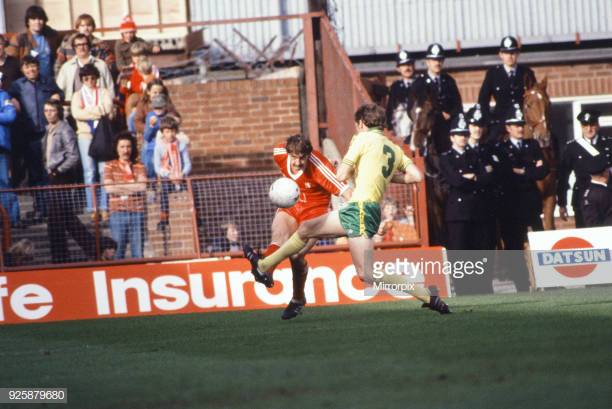
Many of this Middlesbrough team, like their manager, were soon to move on. Two of their star players were Craig Johnston and David Hodgson, who were both transferred to Liverpool – a path previously taken by Graeme Souness in 1978. Johnston was sold for £650,000 in April 1981, moving to Anfield the following season, where he established himself in England’s strongest side for the rest of the decade. Long-serving midfielder David Armstrong, an England international, left for Southampton at the end of the season, when Mark Proctor was also sold to Nottingham Forest. Their combined transfer fees were over £1million, but these funds were not well invested as Middlesbrough were relegated in May 1982.
The venue was Ayresome Park, the first English football ground to be completely laid out by architect Archibald Leitch in 1903. The England national team played two games there, both against Northern Ireland, in 1905 and 1914. The visit of Newcastle United on 27th December 1949 attracted Ayresome Park’s record crowd of 53,802. Average attendances at the ground, which in the post-War era had regularly exceeded 35,000, dropped below 10,000 during the club’s decline in the 1980s. It remained Boro’s home until they moved to the Riverside in 1995, having hosted 1966 World Cup fixtures including North Korea’s famous win over Italy.

Both sides had invested in Yugoslav internationals. Bond had spent a club record £300,000 to bring Dražen Mužinić to Norwich, where he made his debut in September 1980. He arrived with an impressive pedigree – a title-winner at Hajduk Split, where he was 1977 Footballer of the Year and with appearances at the 1974 World Cup among his 32 Yugoslavia caps. However, Mužinić spoke no English and his transfer to England didn’t work out, as his contract was cancelled barely two years later. Meanwhile his compatriot Božo ‘Boško’ Janković, capped twice, had a more successful time after his arrival at Middlesbrough in February 1979. He ended the 1980-81 season as the club’s top scorer with 12 goals before leaving for Metz – two in the last game of the season effectively ended Ipswich Town’s title challenge.
Janković and Mužinić were among the early influx of overseas players to the Football League after a change in regulations in the summer of 1978. While Spurs made the headlines by signing Argentina’s World Cup winners Ossie Ardiles and Ricky Villa, players arrived from several nations. In Yugoslavia, the situation was that national team players were allowed to leave the country at the age of 28. English clubs were naturally interested in this new source of international footballers, available relatively cheaply. Full-back Ivan Golac was the first Yugoslav to move to the Football League when he joined Southampton in August 1978. Goalkeepers Petar Borota, Raddy Avramović and Ivan Katalinić soon followed, together with others including Manchester United’s Nikola Jovanović and Luton Town’s Raddy Antić. Like Janković and Mužinić, these players enjoyed mixed fortunes in the English game.
Middlesbrough had been promoted in 1973-74 as Second Division champions under Jack Charlton, followed into the top flight by Bond’s Norwich the following year. In 1980-81 Middlesbrough finished 14th in the First Division, while Norwich were relegated in 20th place. Their prize asset was the late Justin Fashanu, scorer of 19 league goals in the campaign, which proved to be his best-ever tally. After the season the Carrow Road club sold England under-21 international Fashanu to Nottingham Forest for £1 million. Norwich bounced back the following year, only to be relegated once more after winning the 1985 Milk Cup. By the end of the decade the Norfolk side were again established in the top flight, achieving impressive top-five finishes in both 1986-87 and 1988-89.
Middlesbrough were relegated in 1981-82 when they finished bottom of the First Division table, with captain Tony McAndrew re-joining former manager John Neal at Chelsea. The club later struggled for survival and spent the 1986-87 season in the Third Division – they had to play their opening game at Hartlepool as they were locked out of Ayresome Park. Successive promotions brought them back to the top tier before dropping back down at the end of 1988-89.
Match details for Middlesbrough – Norwich City; Ayresome Park, Football League Division One, Saturday 4 October 1980:
Middlesbrough: 1 Jim Platt, 2 John Craggs, 3 Ian Bailey, 4 Craig Johnston, 5 Mike Angus, 6 Tony McAndrew, 7 David Hodgson, 8 Mark Proctor, 9 David Shearer, 10 Bozo Janković, 11 David Armstrong. Manager: John Neal. Scorers: McAndrew, Janković 2, Armstrong, Woods (og), Johnston
Norwich City: 1 Roger Hansbury, 2 Kevin Bond, 3 Richard Symonds, 4 Mark Barham, 5 Ross Jack (sub Joe Royle), 6 Tony Powell, 7 Clive Woods, 8 Justin Fashanu, 9 Dražen Mužinić, 10 Graham Paddon, 11 Steve Goble. Manager: John Bond. Scorer: Fashanu
Attendance: 12,958
